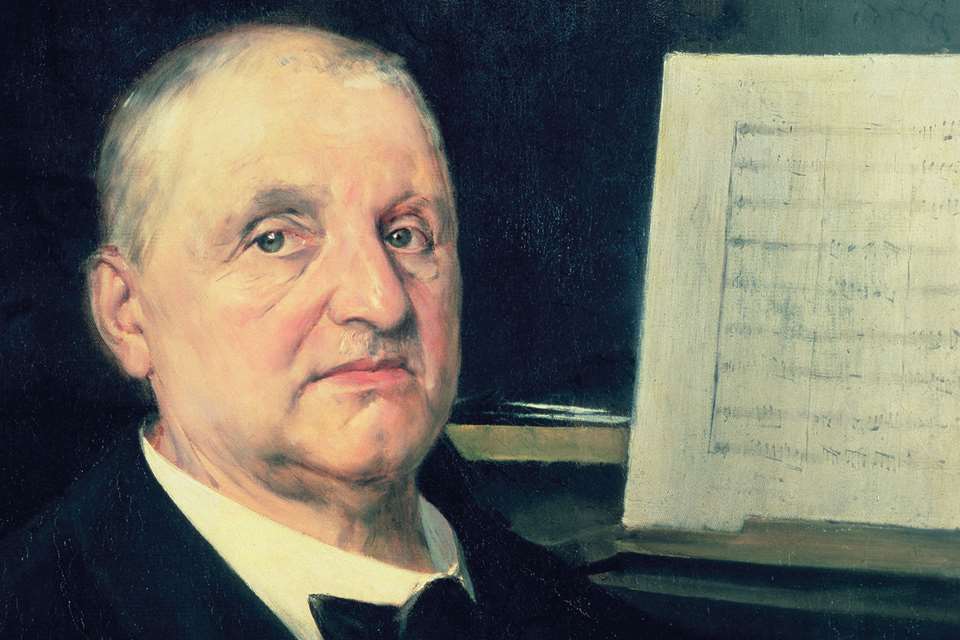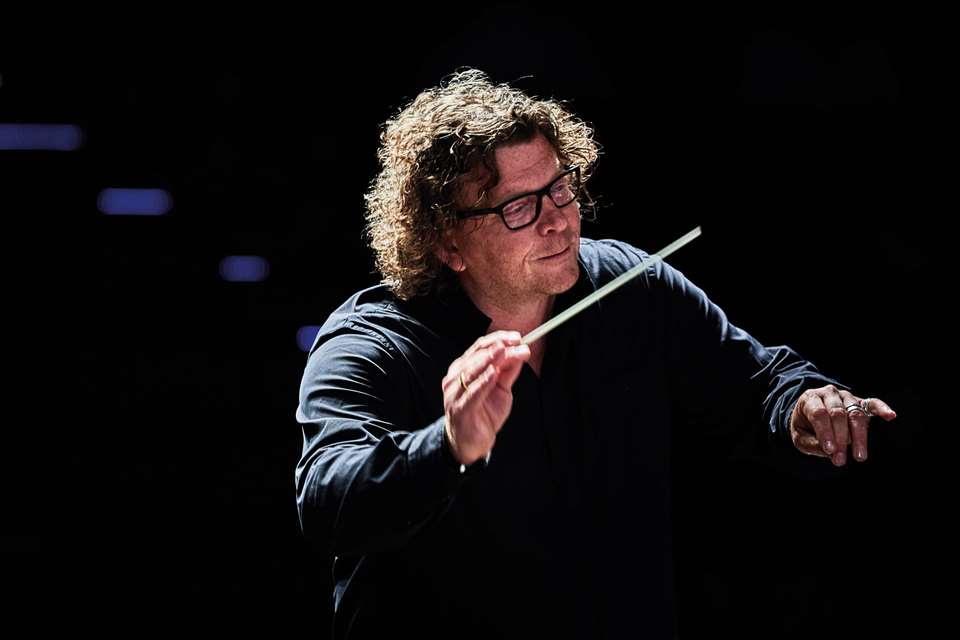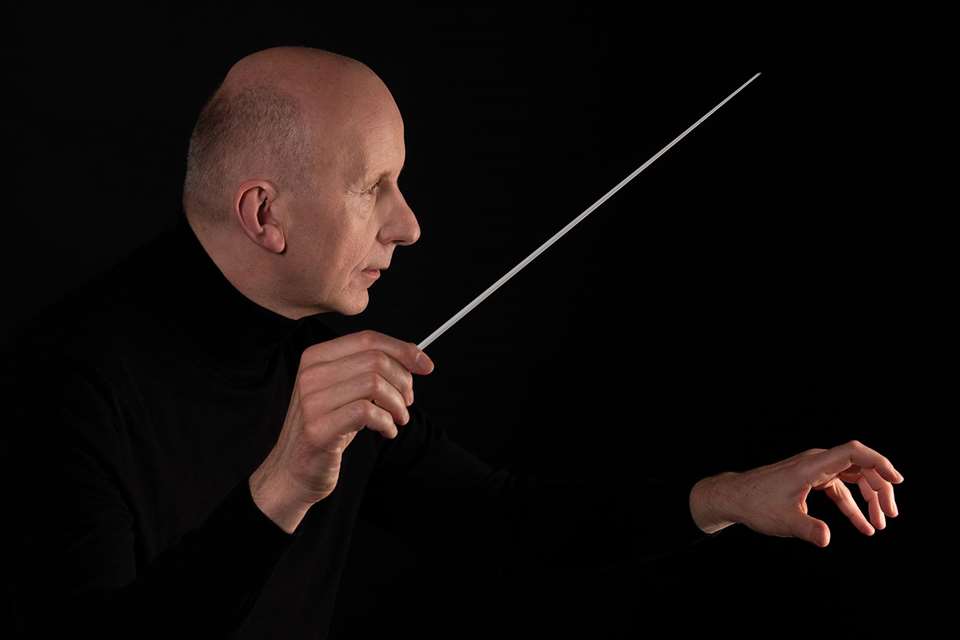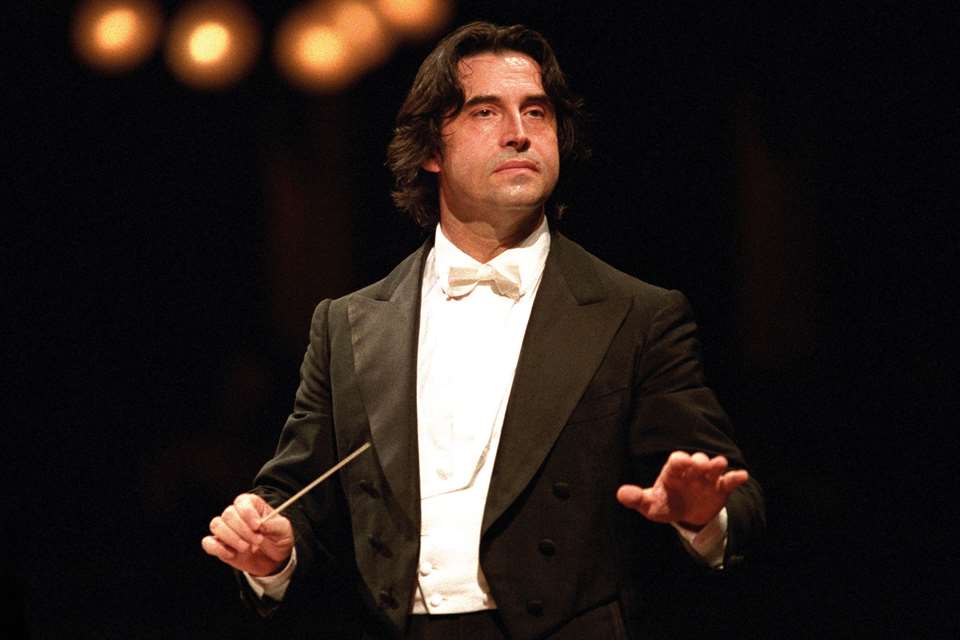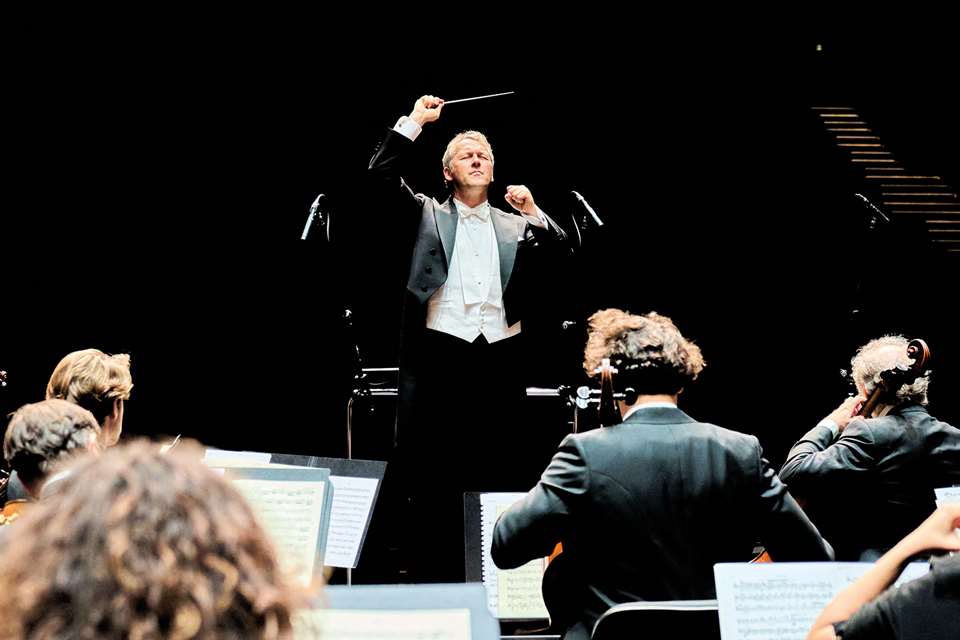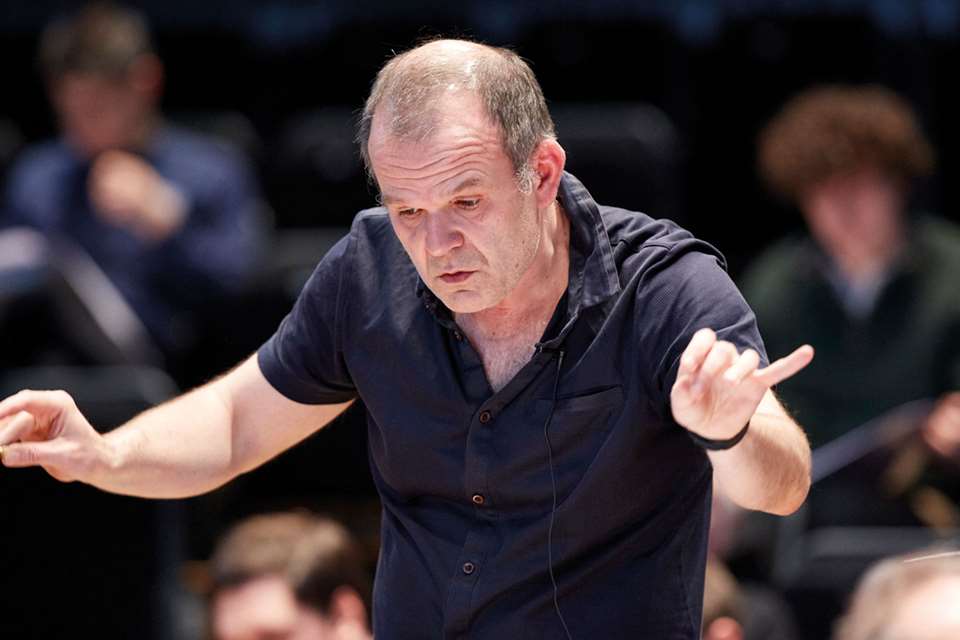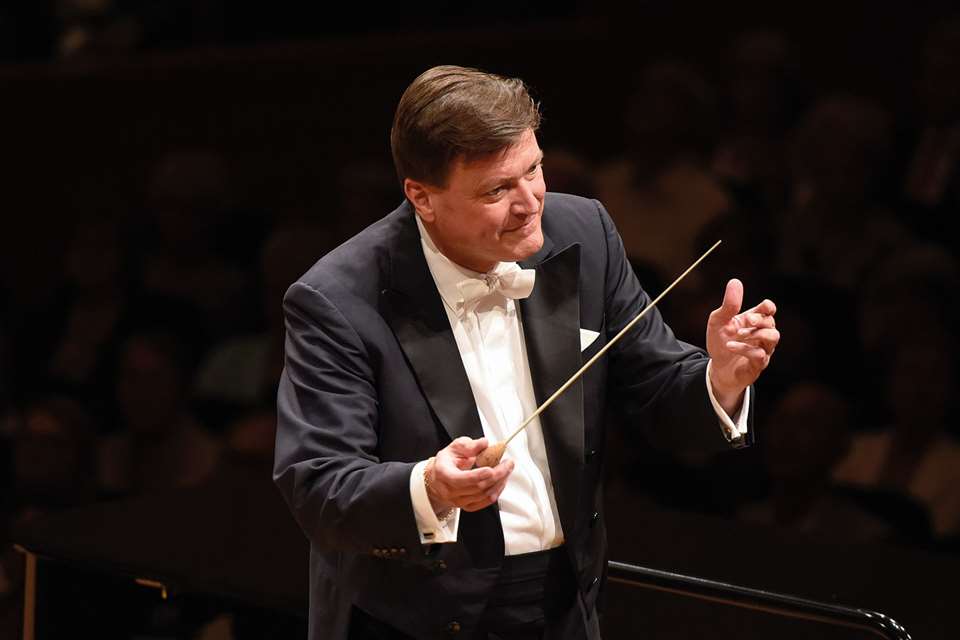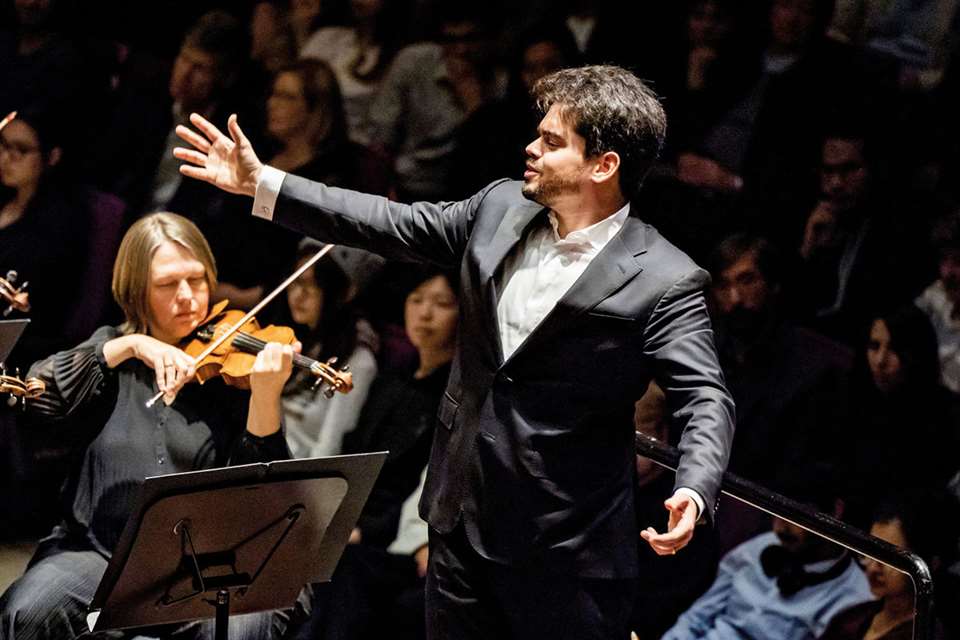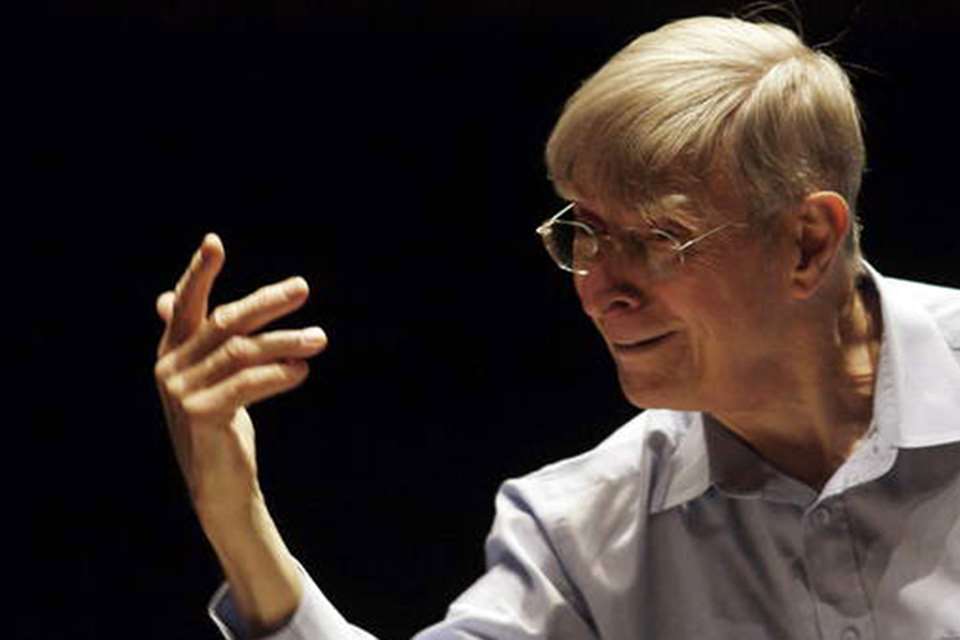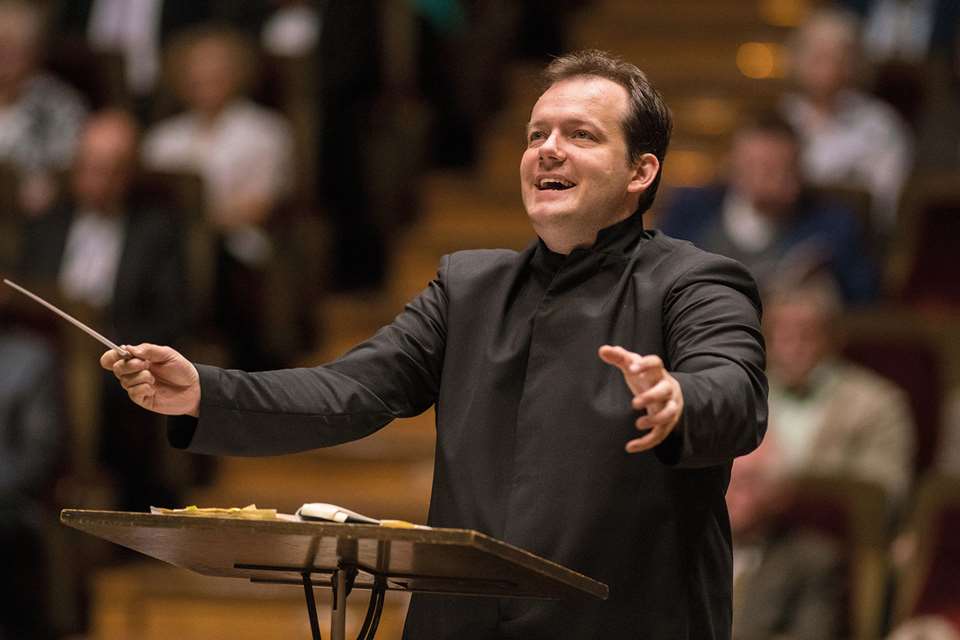Bruckner's Symphony No 6, an introduction by Simone Young
Monday, February 19, 2024
Simone Young on why this emotionally charged symphony is her favourite by this composer
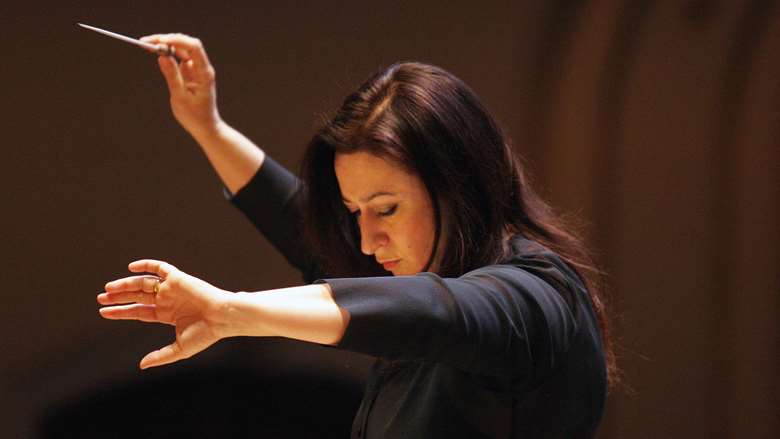
The first Bruckner symphony I ever conducted was the Sixth with the Bruckner Orchestra, Linz. I was fascinated by it then, and it’s still my favourite. It is full of surprises and very dark. I also have a thing about sixth symphonies – whether it be Tchaikovsky’s, Mahler’s, Martinů’s or Schubert’s!
I am drawn to No 6 because, like No 7, it is so nakedly emotional. It’s like Bruckner is living out in the music everything that he didn’t live out in his life. I find that very appealing, though there’s a certain sadness to it. There is that great German word Wehmut, which defines a sort of melancholy, yet not; it is more like nostalgia, with a smile and a tear at the same time, and I think that constantly colours the Sixth Symphony.
The slow movement is one of his masterpieces; it has radiance, depth, passion, tragedy – it is all in there!
I love the fact that Bruckner takes two against three to extremes in this piece, especially in the first movement; he uses it as a rhythmic figure as well as giving it a melodic function. I also really admire the complexity of the workings of the second subject. Interestingly, the first movement is marked Majestoso (‘majestically’). One is tempted to take the tempo from the repeated rhythmic figure in the violins, but I think it refers to the melody instead – if you apply reverse thinking, the tempo instruction makes no sense.
Typical of Bruckner are the silent pauses that occur throughout this work. If you compare the first version of his Second Symphony’s last movement with its revision, you find that the first version on occasion actually has four bars of rests spelt out, whereas the same passage in the revised version is notated as one bar’s rest with a fermata over it. Clearly, in Bruckner’s mind when he conceived it, the pauses had a metric function just as significant as the melodic lines and the harmonic structures. This takes us back to his organ playing, where rests would have framed the sound because of the intrument’s long decay time. It is a grave mistake that both opera conductors and symphonic conductors make when they don’t value the substance that is in a silence. Silence is not a vacuum, it is not the absence of sound – it is a suspension of sound, which is a very different thing. These fermatas are not full stops, they are more like ellipses.
The slow second movement of the Sixth is just magnificent and heartbreaking. I can only imagine that Bruckner had astonishing oboe players: the parts are nightmarish, and often the second oboe is impossible – with such soft dynamics in the lowest, most vulnerable part of the instrument. Even at the start of the movement, when the oboe comes in over the top of the second phrase, the dynamic marking is ambitious. The oboe has a lower dynamic marking than the strings, but then it’s the conductor’s job to make the crescendo in the strings transparent enough to get the oboe through. I find that slow movement devastating and almost impossible to rehearse. I can only rehearse corners and fix bowings and articulation because it only ever works in concert when you have just finished the first movement: there is a collective breath and then you start the slow movement. This movement is one of his masterpieces; it has radiance, depth, passion, tragedy – it is all in there!
The third movement is rather unique for its tempo marking Nicht schnell. It’s a fascinating concept, because he doesn’t say langsam (slow) or even mässig (moderate) – just nicht schnell. This tells me it should be trying to be fast but should be held back in doing so, giving it more of a psychological impact. When being humorous in the Trio, Bruckner references Beethoven in the way he writes for the horn group, which is rather wonderful.
The brilliance of the opening of the last movement is magical, especially with the tremolo, which you find everywhere in Bruckner, but which is not automatically agitato – it depends on the character, and often you need to play with the orchestral textures. With this opening there is something wonderfully mercurial and mysterious. It is like something you are trying to grasp but it keeps slipping through your fingers. The movement gives us hints of where Copland is going to end up – there is the Wild West in there! I find it a remarkably Classical symphony but at the same time very forward-looking.
When you start out with Bruckner it’s very easy to get lost in the detail. In fact, the big picture is what carries these symphonies – they are painted on a grand scale. I keep coming back to his organ playing, and I recall hearing for the first time the organ being played at St Florian Monastery, where he was organist – it was the sound world he knew when he was starting out as a composer. It is interesting that most conductors who feel at home with Bruckner tend to come from a keyboard background. When I asked Daniel Barenboim why that is, he said it’s because as keyboard players or organists we are used to carrying a vertical weight through a horizontal line. In fact, that is a beautiful encapsulation of how you should structure a Bruckner symphony.
Interview by Henry Kennedy
This article originally appeared in the January 2024 issue of Gramophone. Never miss an issue of the world's leading classical music magazine – subscribe today




